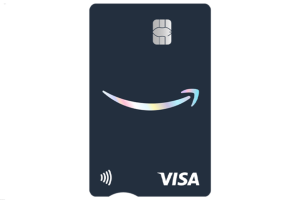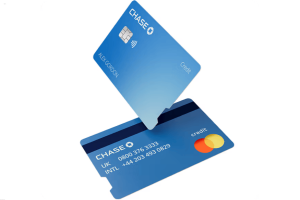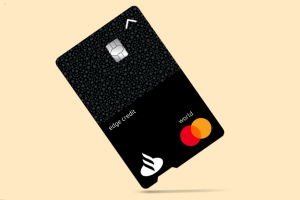Life is unpredictable, and having an emergency fund can provide peace of mind when unexpected expenses arise. Whether it’s a medical emergency, car repair, or temporary job loss, an emergency fund acts as a financial safety net, helping you avoid debt and stay on track with your financial goals.
In this guide, we’ll explore the importance of an emergency fund and share practical strategies to build and maintain one effectively.
Why You Need an Emergency Fund
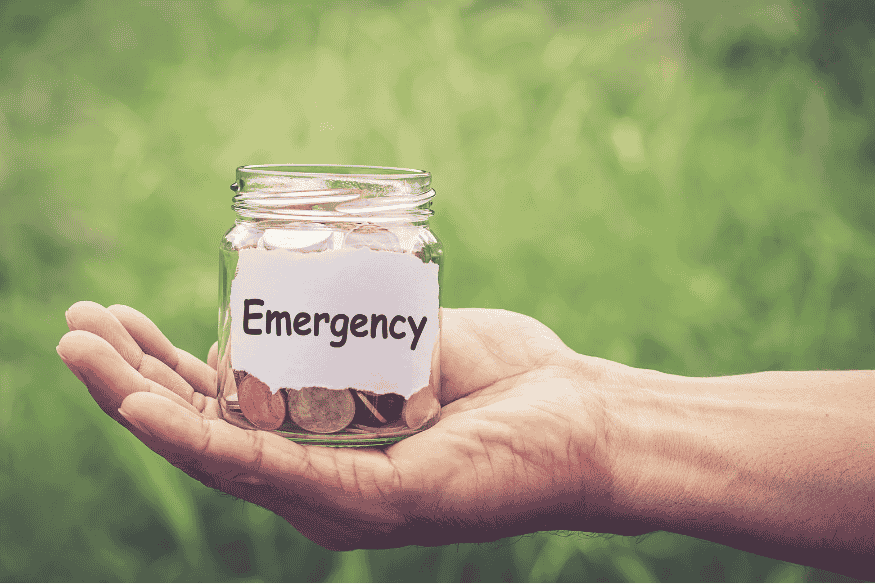
An emergency fund isn’t just a luxury—it’s a necessity. Here’s why:
- Financial Security: It protects you from relying on credit cards or loans during unexpected situations.
- Stress Reduction: Knowing you have a safety net reduces anxiety about financial uncertainties.
- Goal Protection: Keeps you from dipping into savings meant for other financial objectives, like a home purchase or retirement.
Experts recommend saving three to six months’ worth of living expenses in your emergency fund. This amount provides a buffer while you recover from financial setbacks. Additionally, for self-employed individuals or those with irregular incomes, aiming for closer to a year’s worth of expenses can offer added security.
Steps to Build an Emergency Fund
1. Set a Realistic Savings Goal
Calculate how much you need based on your monthly expenses. Include essentials like rent or mortgage, utilities, groceries, transportation, and insurance. Don’t forget to account for occasional expenses like annual insurance premiums or vehicle maintenance.
Example:
If your monthly expenses total £2,000, aim for an emergency fund of £6,000 to £12,000.
Break this goal into smaller, achievable milestones. For instance, start with a target of saving one month’s expenses and build from there.
2. Create a Dedicated Savings Account
Keep your emergency fund separate from your regular savings or checking account. This prevents you from accidentally spending it and helps you track your progress easily.
Consider opening a high-interest savings account to grow your fund faster while maintaining easy access. Many UK banks offer competitive rates on savings accounts tailored for this purpose. Look for accounts with no withdrawal penalties to ensure funds are readily available in emergencies.
3. Automate Your Savings
Set up a standing order or direct debit to transfer a fixed amount to your emergency fund each month. Automation ensures consistency and removes the temptation to skip contributions.
Example:
Transfer £250 monthly into your emergency fund. In one year, you’ll have saved £3,000. If your budget allows, consider increasing this amount periodically to reach your goal sooner.
4. Cut Back on Non-Essentials
Identify areas in your budget where you can reduce spending and redirect those savings into your emergency fund. Even small adjustments can lead to significant savings over time.
Ideas to Save:
- Cancel unused subscriptions, such as streaming services or gym memberships.
- Opt for home-cooked meals instead of dining out.
- Shop for discounts, use loyalty cards, or buy second-hand items.
Impact:
Cutting back by just £50 a week adds up to £2,600 in a year, a significant contribution to your fund.
5. Boost Your Income
Consider finding additional income streams to accelerate your savings:
- Take on freelance work or part-time jobs.
- Sell unused items online through platforms like eBay or Facebook Marketplace.
- Monetise a hobby or skill, such as tutoring, crafting, or photography.
Pro Tip:
Allocate all extra earnings directly to your emergency fund to fast-track your savings goal.
6. Prioritise Consistency Over Speed
Building an emergency fund takes time. Focus on saving regularly, even if the amounts are small. For instance, saving £20 a week may seem minor, but it adds up to over £1,000 in a year. The key is to stay consistent and committed to your goal.
7. Review and Adjust as Needed
Periodically assess your fund’s progress and adjust your contributions if necessary. For example, if your expenses increase, you may need to revise your savings target. Use budgeting apps to track your progress and identify opportunities for additional savings.
Where to Keep Your Emergency Fund

Choosing the right account for your emergency fund is crucial. Here are some options:
- High-Interest Savings Accounts: Earn more on your savings while keeping funds accessible. Some accounts offer rates that outpace inflation, helping preserve your fund’s value over time.
- Easy-Access Accounts: Allow quick withdrawals without penalties. These accounts are perfect for emergencies requiring immediate access.
- Premium Bonds: Offered by NS&I, these give you a chance to win tax-free prizes while keeping your money secure.
Avoid locking your emergency fund into fixed-term accounts or investments that are hard to access during emergencies.
Tips to Maintain Your Emergency Fund
1. Use It Only for True Emergencies
Define what qualifies as an emergency, such as:
- Medical expenses.
- Urgent home repairs.
- Unplanned travel for family emergencies.
Avoid dipping into your fund for non-essential purchases or planned expenses like holidays or new gadgets.
2. Replenish After Use
If you withdraw from your emergency fund, prioritise rebuilding it as soon as possible. Resume your regular contributions to restore the balance. Consider temporarily increasing your monthly savings amount to accelerate the replenishment process.
3. Keep Growing Your Fund
Once you reach your initial savings goal, consider increasing your fund over time to account for inflation or changing circumstances. A growing family or rising living costs may require a larger financial cushion.
Example:
If your monthly expenses grow to £2,500, update your target to £7,500 to £15,000.
Common Mistakes to Avoid
- Neglecting to Start: Waiting for the “perfect time” delays your progress. Start with small amounts today, even if it’s just £20 a week.
- Over-Saving: Avoid putting too much into your emergency fund at the expense of other financial goals, such as retirement or investments.
- Ignoring Interest Rates: Ensure your fund earns competitive returns to maximise growth. Regularly review available accounts to find the best rates.
Conclusion: Secure Your Future with an Emergency Fund
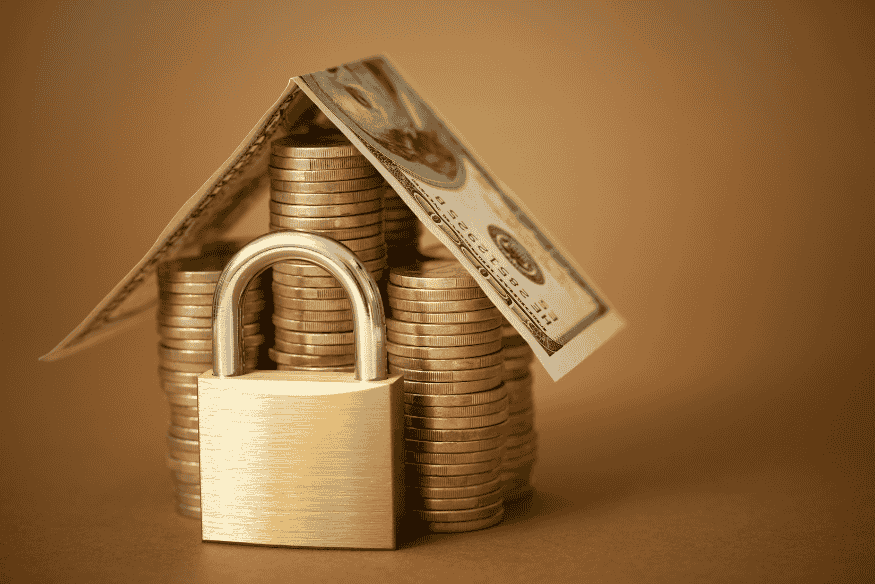
Building an emergency fund is one of the smartest financial decisions you can make. By setting clear goals, automating your savings, and staying disciplined, you’ll create a reliable safety net for life’s unexpected events.
Start small, stay consistent, and celebrate your progress along the way. With a solid emergency fund, you’ll gain financial confidence and peace of mind, no matter what challenges come your way.
Key Takeaway: An emergency fund provides financial security during unexpected situations. Follow these smart saving tips to build and maintain your fund effectively.

